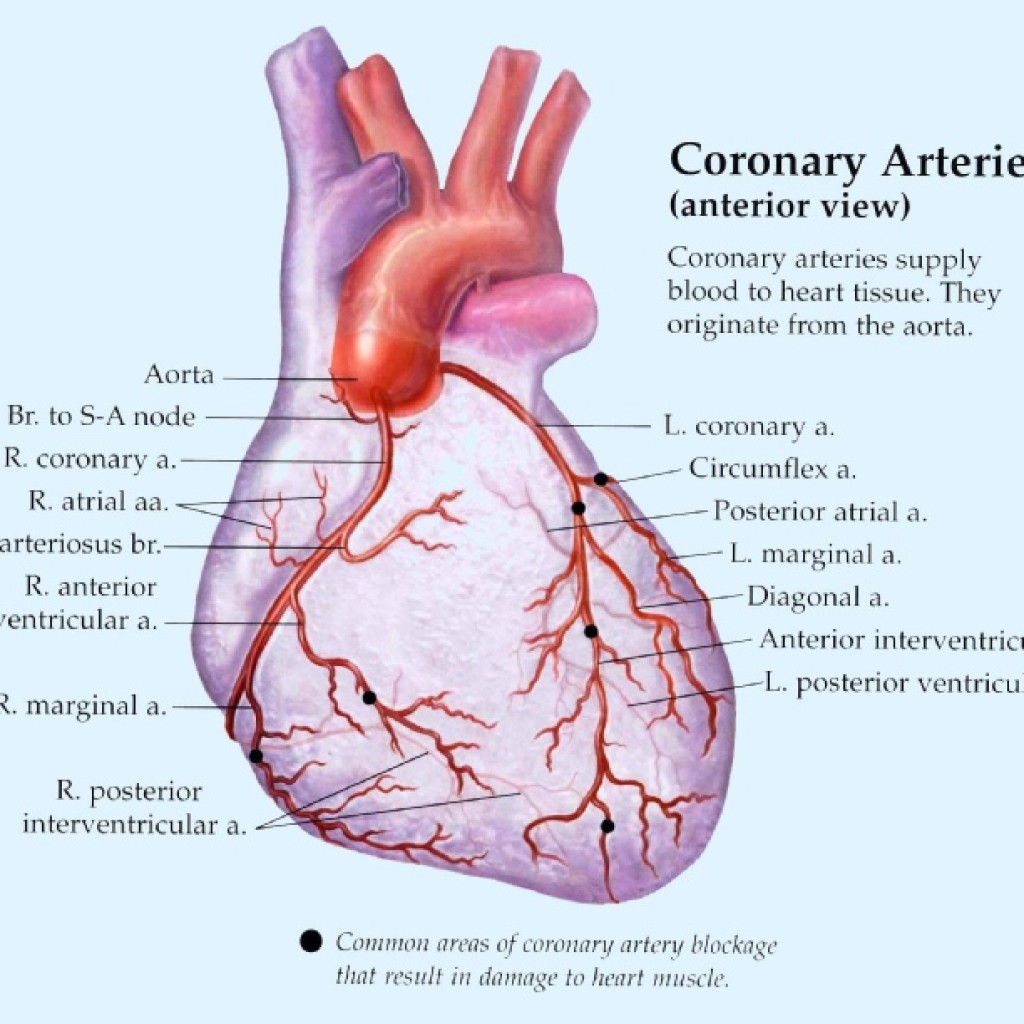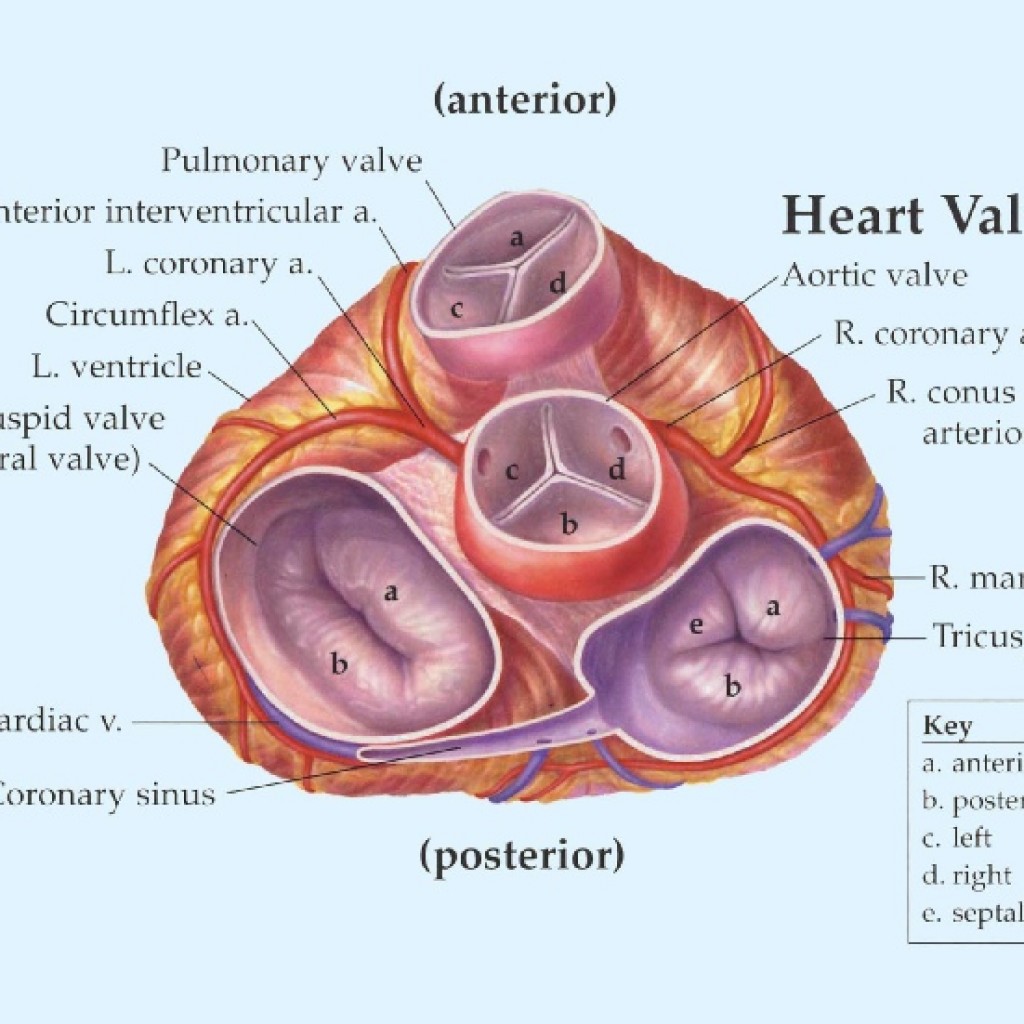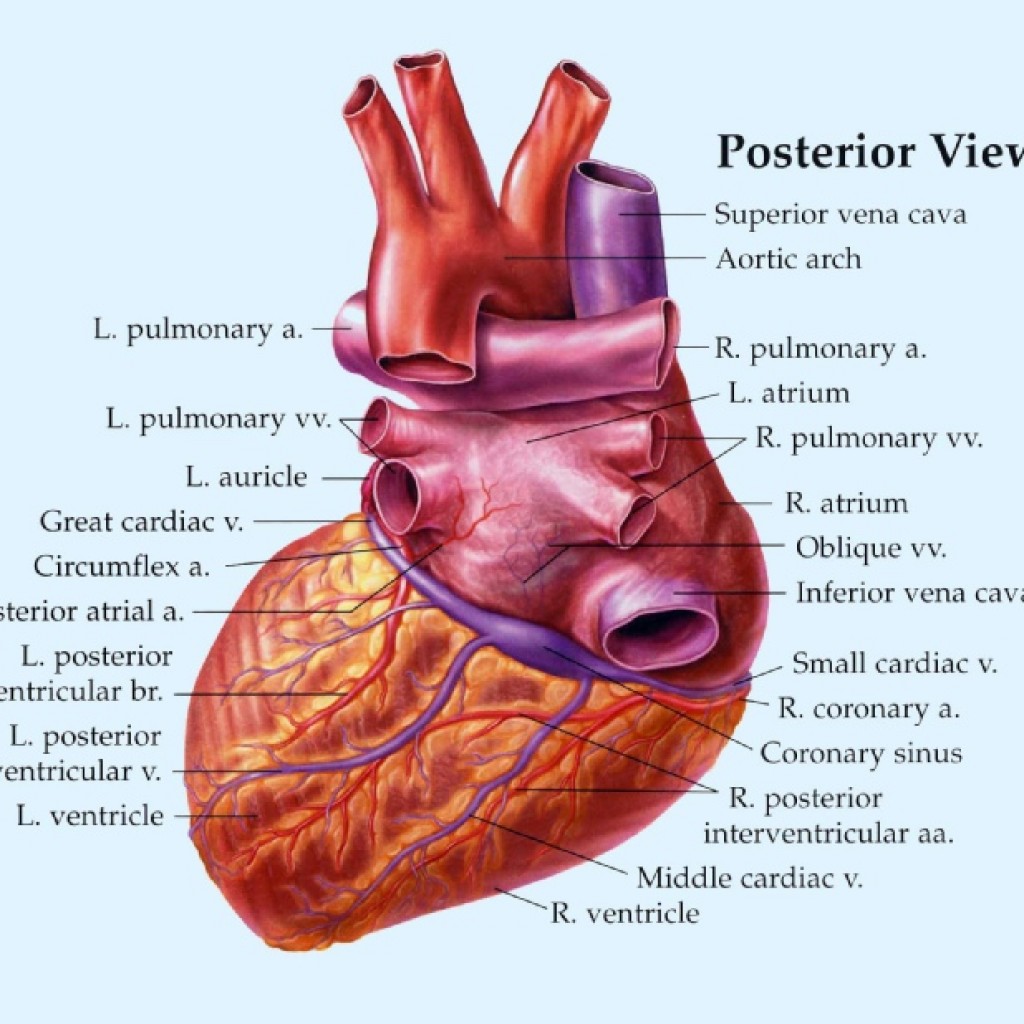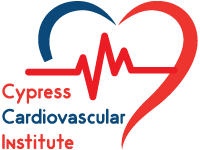OUR SERVICES
Our practice offers a wide array of high quality services and procedures
using the latest technology dedicated to patient care, safety and satisfaction.
About Your Heart

Test Procedures & Diagnosis
The Structure of Your Heart
In the middle of your chest, tilted slightly to the left, you have an amazing, pumping machine about the size of a clenched fist. It is divided into two parts by the septum, a thick band of muscle tissue. The right side of your heart receives blood returning from the organs of your body. It then pumps it to your lungs where your blood receives a fresh supply of oxygen and releases carbon dioxide, a waste product. The left side of your heart receives the oxygen rich blood from your lungs and pumps it out to your body through the major artery of your body, your aorta. The left side of your heart is thicker because it has to supply blood to the whole body while the right side’s job is just to send it to your lungs.
There are four chambers within your heart. The upper two are called atria, where your blood is briefly stored when returning to your heart. The atria then send your blood to the lower chambers, the ventricles, the main pumping chambers of your heart.
The blood flows from the upper to the lower chambers of your heart through the valves that work as one-way doors. The blood passes through them in only one direction. Four valves regulate the flow of blood from one part of the heart to another, the mitral, the aortic, the pulmonary, and the tricuspid.
Where does your heart get its own oxygen? From the coronary arteries that surround the heart muscle and pump blood into every portion of it. The right coronary artery supplies blood to the right and left sides of your heart. The left main coronary artery has two main branches – the left anterior descending artery, which feeds the front left side of the heart, and the circumflex artery that feeds the lateral wall and back of your heart. These main coronary arteries have many branches that supply your heart muscle with oxygen-rich blood.



DO YOU HAVE ANY QUESTIONS FOR US?
Tel: 281-955-9158
E-Mail: [email protected]
21216 Northwest Fwy #650
Cypress,TX,77429
Support forum provide
for over 24h, every day.
